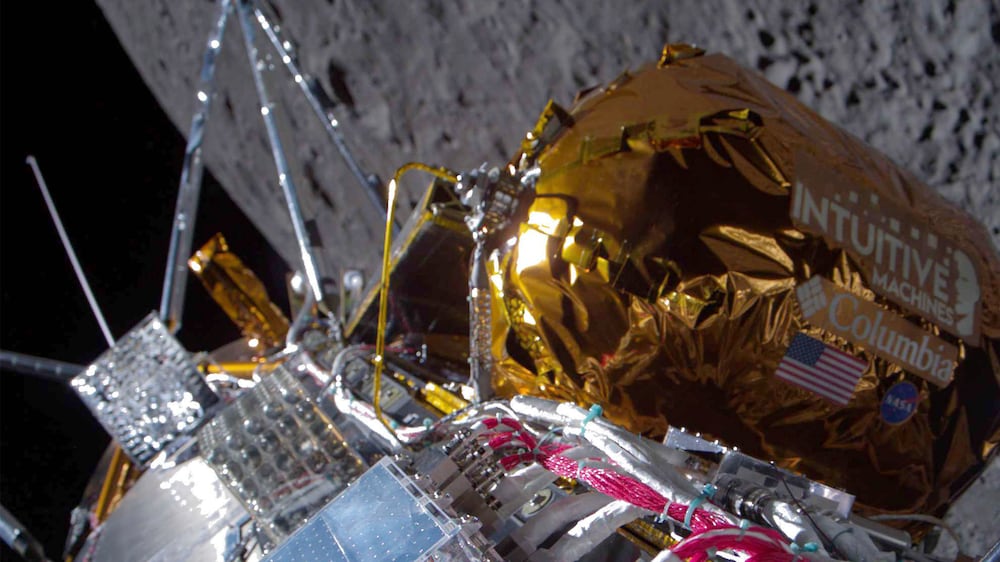Japan's Moon lander has miraculously survived the freezing temperatures of the lunar night on Sunday, even though it was not designed to do so.
The Smart Lander for Investigating the Moon (Slim) was put to sleep for two weeks, which is how long the lunar night lasts, as temperatures plunged to minus 183°C.
It arrived on the Moon on January 19, helping Japan to become only the fifth country to carry out a successful lunar landing, although it touched down upside down.
“Last night, a command was sent to Slim and a response received, confirming that the spacecraft has made it through the lunar night and maintained communication capabilities,” the lander's official account on social media platform X posted on Monday.
The posts went on to say that communication with the lander had ceased after the equipment had subsequently overheated from the sun's rays.
“Preparations are being made to resume operations when instrument temperatures have sufficiently cooled.”
The revival of the lander would help scientists to continue carrying out the science research using Slim's instruments, including studying lunar soil composition and surface radiation.
Moon landers are typically put in sleep mode during the lunar night to ensure their hardware and instruments are not frozen.
Slim used precision-landing technology that allowed it to touch down close to the designated spot on the surface.
The lightweight probe was sent to the Moon so engineers could improve the technology for exploration missions.
Limited lunar landing success stories
Before Japan, only space agencies from the US, the former Soviet Union, China and India had managed a successful lunar landing. India's lander and rover did not survive the lunar night.
On Friday, Houston-based Intuitive Machines became the first private company to land a commercial lander on the Moon. It was also the first US lunar landing since the last Apollo mission in 1972.
Commercial craft completes first US Moon landing in more than 50 years

Even though both the company and Nasa had initially said that the Odysseus lander was upright, it was revealed in a news conference 24 hours after the landing that the vehicle had tilted.
The achievement would pave the way for Nasa's Commercial Lunar Payload Services programme, which was set up to support lunar operators in the private sector.
It would also help companies such as Intuitive Machines to secure contracts from space agencies looking to send their technology to the Moon.
The company's Moon landing had brought scenes similar to a Hollywood thriller, when the vehicle's navigation systems stopped working about two hours before the expected touchdown.
The unmanned robotic lander's rangefinders, navigation lasers and camera were crucial in the landing process because they allowed it to detect exactly where it is by taking images of the lunar surface and avoiding hazards such as boulders.
But after they failed, Intuitive Machines, the team that built the lander, decided to switch to Nasa technology to save the mission.







